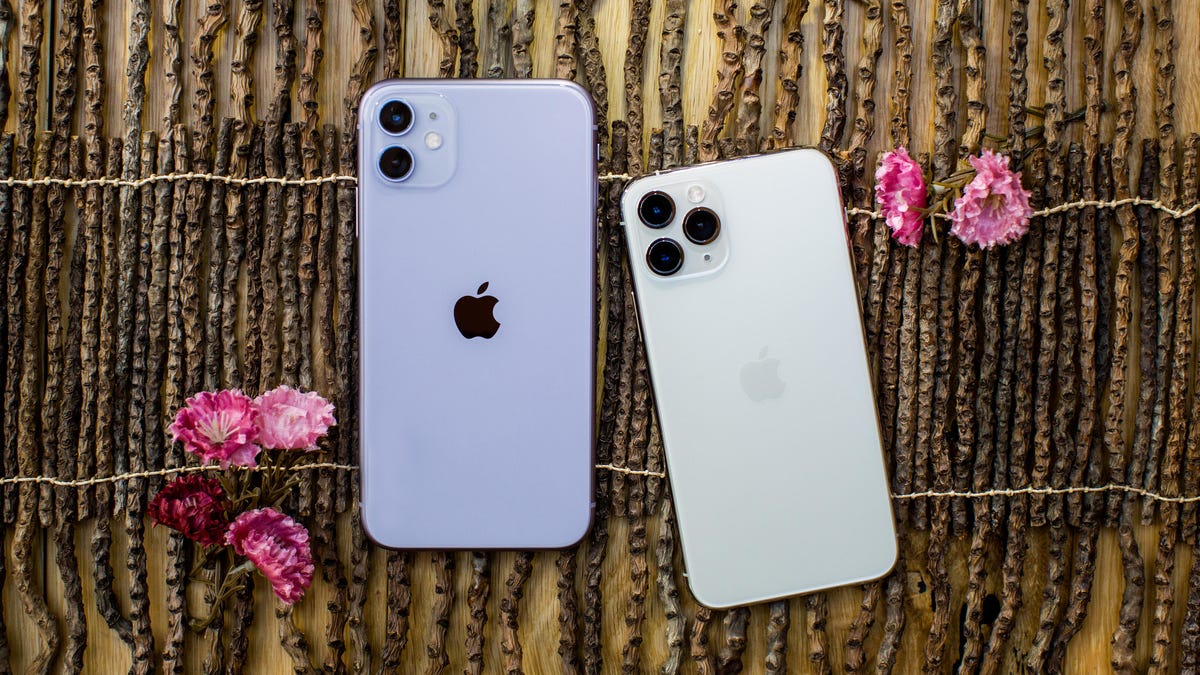Axing Lightning for iPhone would mean unprecedented e-waste, Apple says
The tech giant argues that "hundreds of millions" of customers would be affected by a forced switch to USB-C.

Apple's iPhones still use Lightning ports.
Forcing Apple to change iPhones from Lightning to USB-C connectors would cause "an unprecedented volume of electronic waste," the company said Thursday. The remark follows a European Commission call earlier this month for a common charger for all mobile phones, an effort to reduce waste and make life easier for consumers. Apple argues, however, that this would create even more waste, because its Lightning accessories would become obsolete.
"More than 1 billion Apple devices have shipped using a Lightning connector in addition to an entire ecosystem of accessory and device manufacturers who use Lightning," Apple said. Any European laws insisting on USB-C would therefore negatively affect "hundreds of millions of active devices and accessories used by our European customers and even more Apple customers worldwide."
Conforming to a single connector would also stifle innovation, Apple argues.
Micro-USB was first declared the standard in 2010, with Apple complying by supplying adaptors for its proprietary ports. With the current shift to USB-C charging, Apple now uses USB-C connectors in its MacBook and iPad Pro devices, but the iPhone continues to rely on Lightning.
Apple previously made its own accessories obsolete when it switched from its 30-pin connector to Lightning in 2012.

